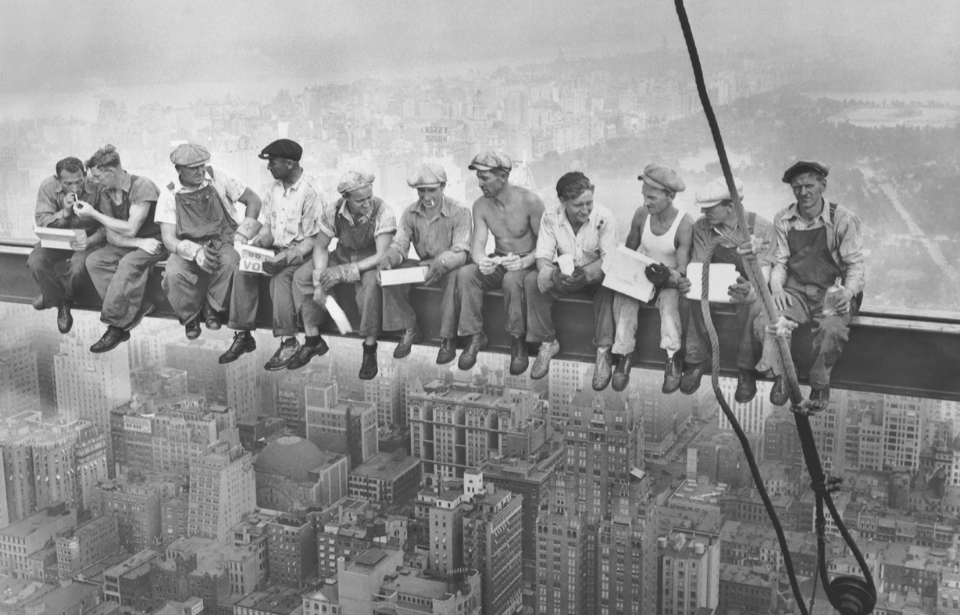It’s easy to get lost in the sheer amount of images online, as millions of photographs are taken worldwide every day. However, there are some pictures that have stood the test of time and have come to represent the experiences and emotions of generations of people. Here are a few of the most important photos ever taken.
Tiananmen Square Protester
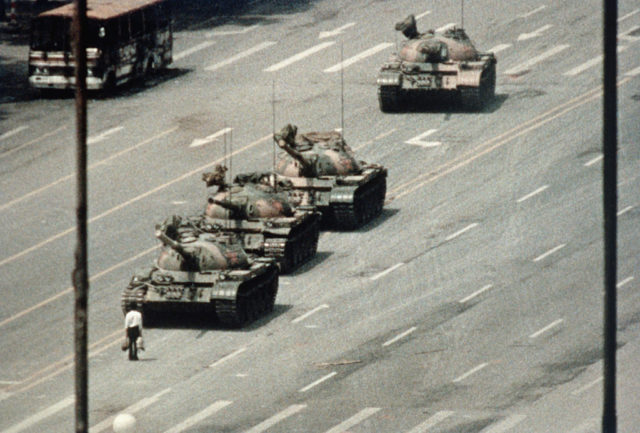
On June 5, 1989, Jeff Widener took this picture of an anonymous protester near Tiananmen Square. This person stepped in front of these hulking tanks, refusing to move out of the way. Every time the tanks attempted to go around the protester, they would step back into their paths. This individual has never been identified, but has come to serve as a universal symbol of resistance against corrupt regimes around the world.
‘Raising the Flag on Iwo Jima’
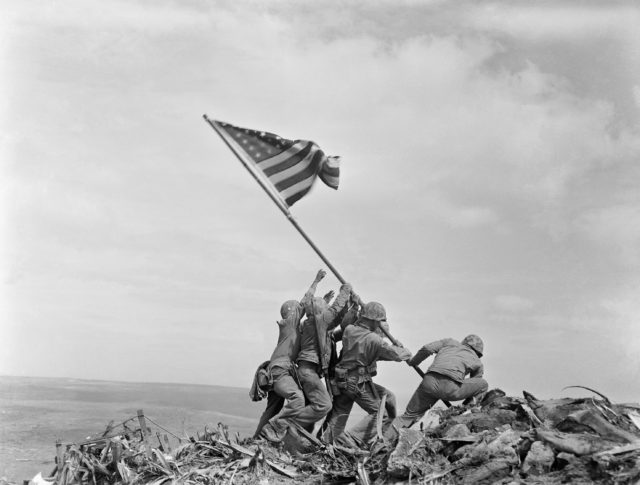
Today, this photo of American marines raising the flag on the Japanese island acts as a symbol of valor and unity. This was the only photograph to win the Pulitzer Prize for Photography in the same year as its publication. Raising the Flag on Iwo Jima was also used as the basis for the construction of the Marine Corps War Memorial, which honors all Marines who have died in service.
‘The 2000 Yard Stare’
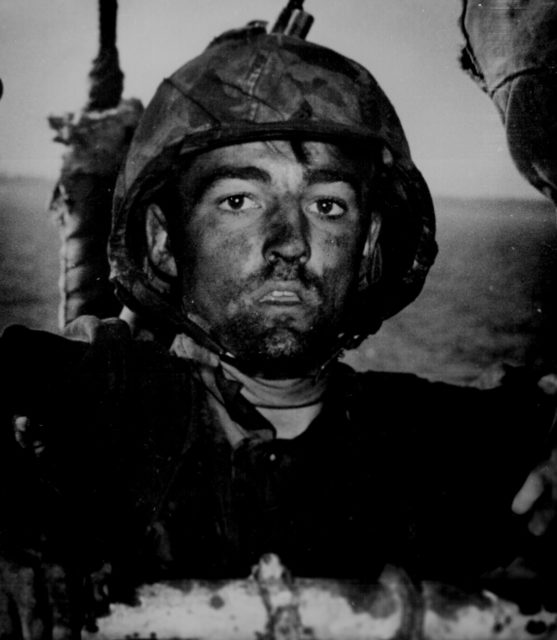
This photo depicts an exhausted United States Marine after two days of constant fighting during the Battle of Eniwetok in February, 1944. “Thousand-yard” or “two-thousand-yard stare” is a phrase used to describe the unfocused gaze exhibited by soldiers who have become detached from the horrors they are surrounded by.
Apollo 11 ‘Eagle’ ascent
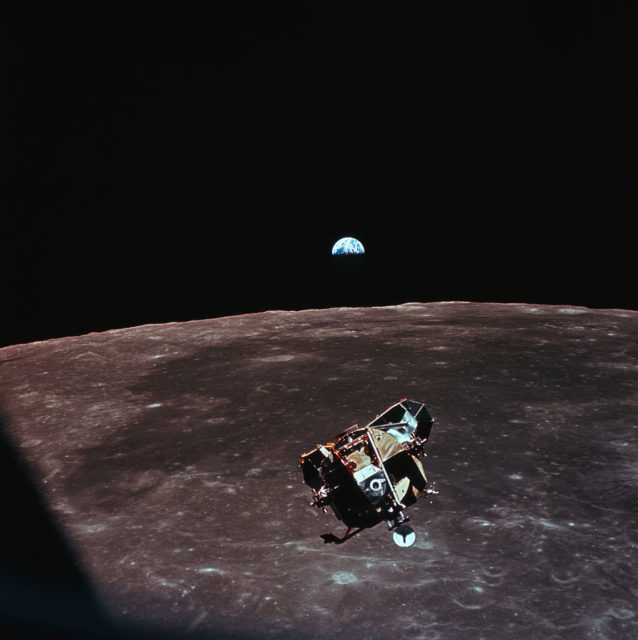
This photo was taken by Apollo 11 astronaut Michael Collins. It shows not only the moon and the earth but also the lunar landing module holding both Neil Armstrong and Buzz Aldrin. Technically, the image contains everyone in the world – except for Michael Collins. It also captures the moments just before the first people walked on the moon.
‘Warsaw Ghetto Boy’
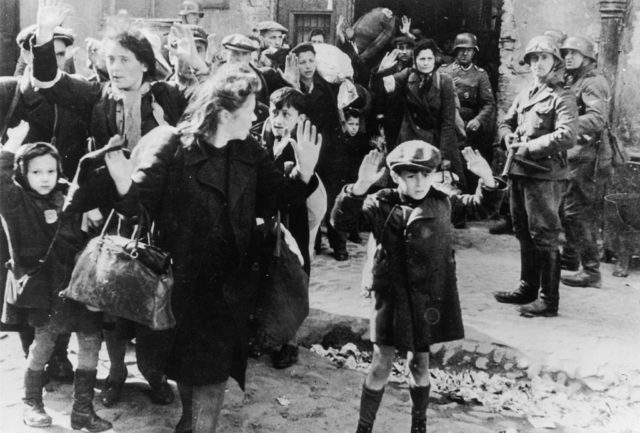
This image of a terrified little boy is one of the best-known photographs taken during the 1943 Warsaw Uprising and the Holocaust. The young boy holds his hands up in the air while SS-Rottenführer Josef Blösche points a gun in his direction. All the Jewish people in this photograph were put on trains and deported to the Majdanek or Treblinka extermination camps. Blösche was later executed for his war crimes and crimes against humanity. The young boy in the photograph has since come to represent the children and Jewish victims of the Holocaust.
‘Lunch Atop a Skyscraper’
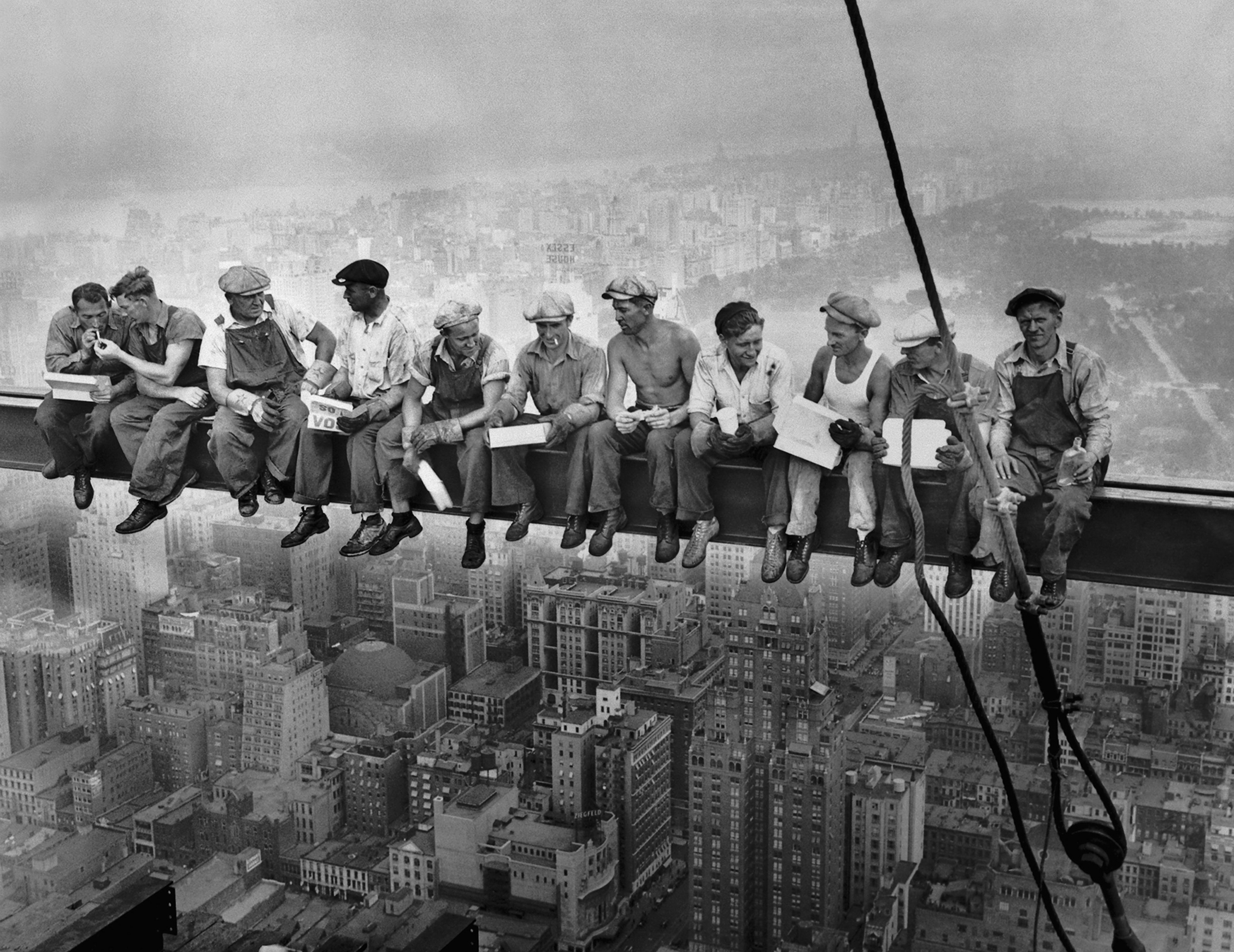
Lunch Atop a Skyscraper was taken in September 1932, just as the Great Depression was reaching its height. Uncertainty and unemployment could be felt throughout the nation, but on West 49th Street in New York, 11 laborers were just taking their lunch break. This photo has since become a symbol of the American worker and the determination and perspiration America is built on.
‘Pillars of Creation’
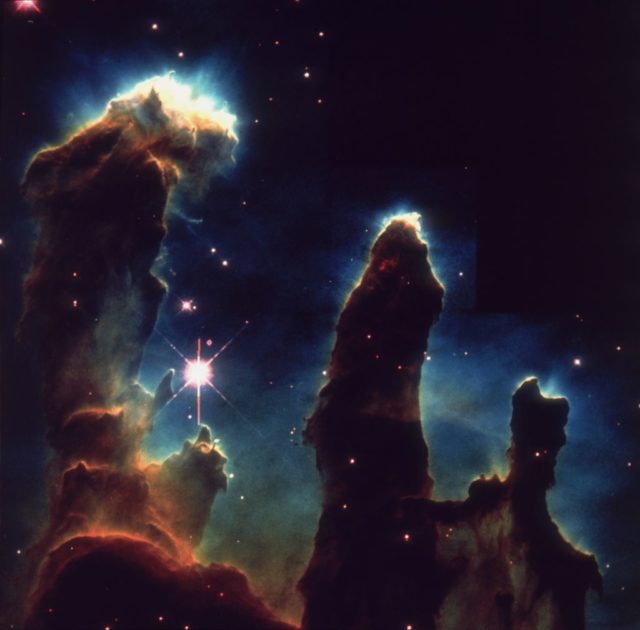
Pillars of Creation was taken by the Hubble Space Telescope in 1995. The picture shows the elephant trunks of interstellar gas and dust in the Eagle Nebula. These trunks are labeled the ‘Pillars of Creation’ because the gas and dust are in the process of creating new stars.
‘Migrant Mother’ by Dorothea Lange
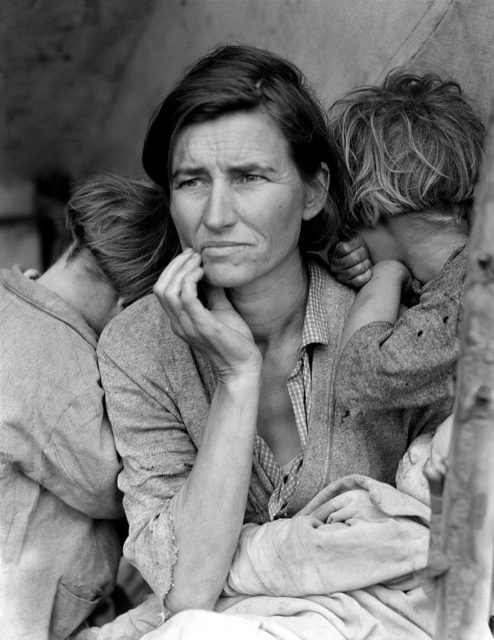
Migrant Mother has been an iconic photograph from the moment it appeared in the pages of a San Francisco newspaper in 1936. The photograph came to symbolize the poverty, anxiety, hunger, and helplessness felt by so many during the Great Depression. The photo also has come to represent the maternal sacrifice that many mothers around the world can relate to.
The ‘Situation Room’
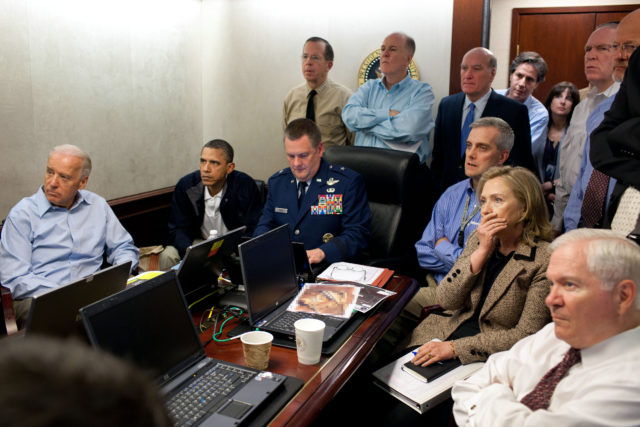
On May 1, 2011, White House photographer Pete Souza was inside the Situation Room as American forces raided Osama bin Laden’s compound in Pakistan. However, Souza’s photo does not capture the raid. Instead, it captures the president and others watching the raid in real-time. American forces killed Osama bin Laden during this raid, but pictures of his body have never been released publicly.
Tommie Smith and John Carlos, 1968 Olympic Games
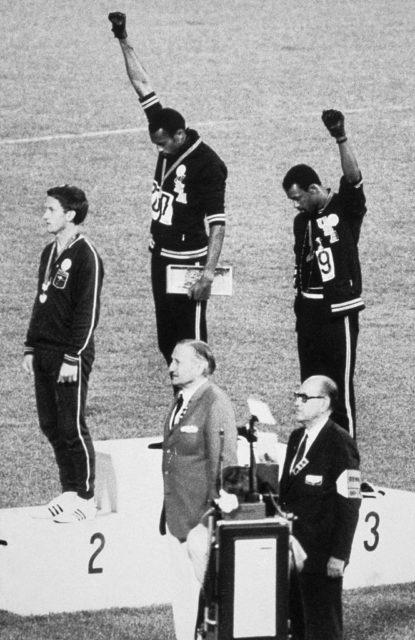
The Olympics have always had political undertones, but no picture encapsulates the combination of sports and politics better than the photograph of Tommie Smith and John Carlos giving the Black Power salute while listening to the national anthem at the 1968 Olympics in Mexico City.
Smith won the gold medal for the 200-meter sprint while John Carlos won the bronze in the same event. Their actions, on display in this photograph, inspired a legacy of athletic activism that continues today.
Elizabeth Eckford on her first day of school
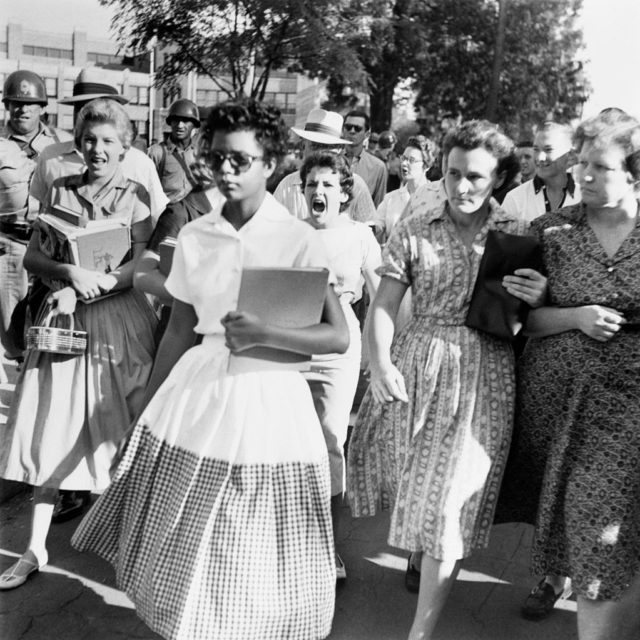
This photo of Elizabeth Eckford ignoring the hostile stares and screams of her fellow students as she enters Little Rock’s Central High School on September 6, 1957, is representative of the struggle to desegregate American schools in the south. Eckford was one of the “Little Rock Nine” who integrated Central High School. Their enrollment was followed by the Little Rock Crisis.
‘The Roaring Lion’
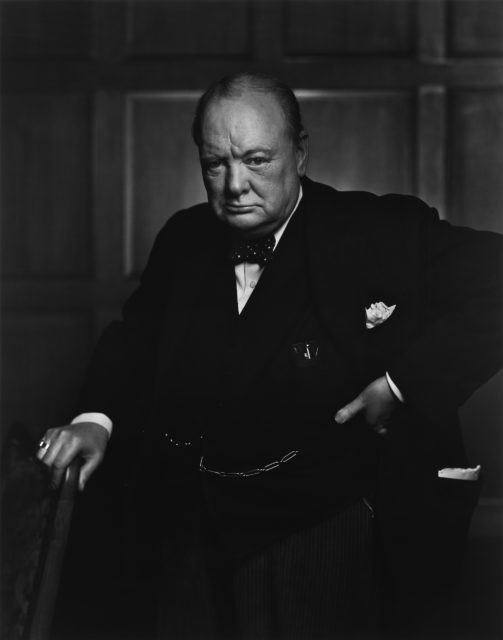
When Yousuf Karsh took this photograph of Winston Churchill in 1941, he never fathomed it would one day become one of the most reproduced images in history. Karsh titled his photograph of Winston Churchill The Roaring Lion for good reason. When this picture was taken in late December 1941, Britain and her allies stood all alone in the fight against the Nazis. Pearl Harbor had recently been attacked by the Japanese, and France and Poland had already fallen to Nazi forces.
The Roaring Lion represents determination in the face of adversity. Churchill’s facial expression has been compared to wartime feelings- persistence in the face of an all-conquering enemy.
George W. Bush at Emma E. Booker Elementary School on September 11, 2001
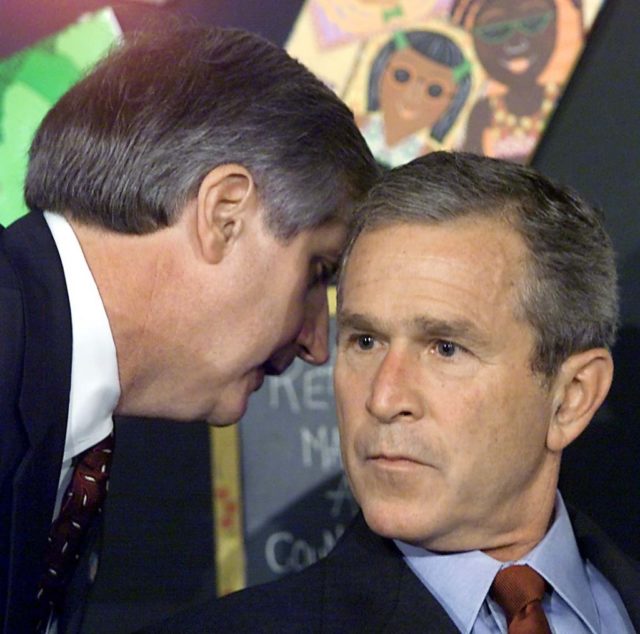
On the morning of September 1, 2001, President George W. Bush was reading a book called The Pet Goat to a second-grade class at Emma E. Booker Elementary School in Sarasota, Florida. This photo captures the moment White House Chief of Staff whispered to Bush about the second plane hitting the second tower in New York City. The president’s face shows the shock we all felt on that awful day.
Germany’s Reparation Conference
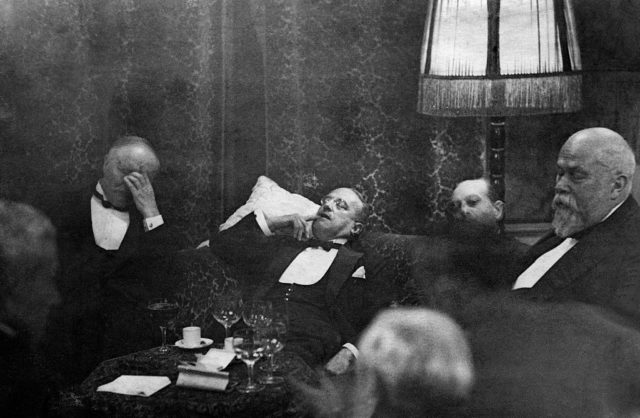
This photo was taken at two o’clock in the morning in a conference room of the Hague in August 1930. This image was taken after a day of intense discussions at the Second Hague Reparation Conference to discuss how Germany planned to repay the 132 billion gold marks outlined in the Treaty of Versailles. In this image, the public saw world leaders with their guard down. It shows political leaders as real people.
Annette Kellerman promoting women’s rights
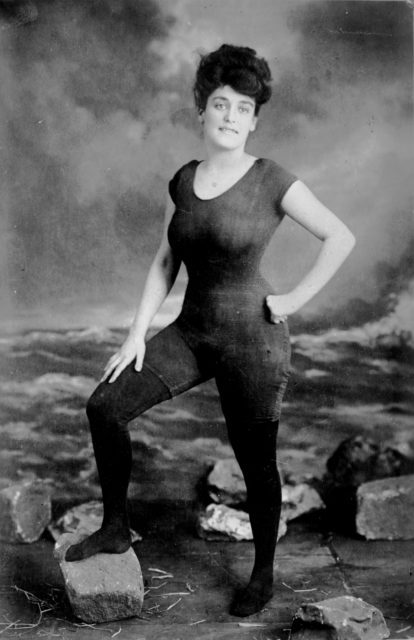
Annette Kellerman was a professional swimmer, vaudeville star, actress, and writer. In the early twentieth century, women were expected to wear a dress and pantaloon combination when they wanted to go swimming. Kellerman invented a custom one-piece bathing suit that helped paved the way for female rights everywhere.
JFK Jr. salutes his father’s casket
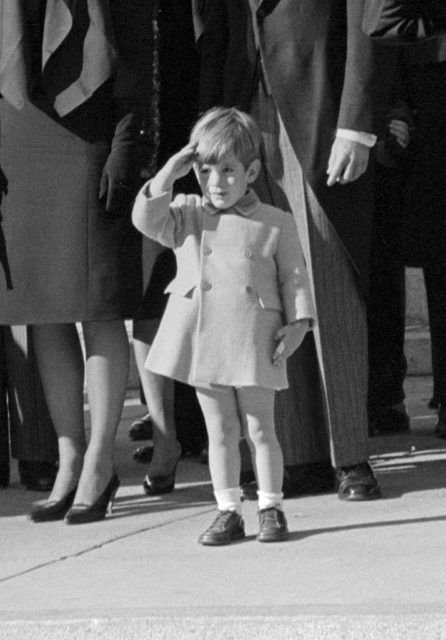
People worldwide were shocked in the wake of President John F. Kennedy’s assassination. On November 25, 1963, three-year-old John F. Kennedy Jr. stepped forward as his father’s casket was leaving St. Matthew’s Cathedral and raised his hand in a small salute. Dan Farrell, who took the photo, later called it “the saddest thing I’ve ever seen in my whole life.” Today, this photograph of JFK Jr. represents a nation in mourning.
More from us: Some Historical Figures Predate Photography, But Thankfully These Ones Don’t
Robert Peraza at the 9/11 Memorial
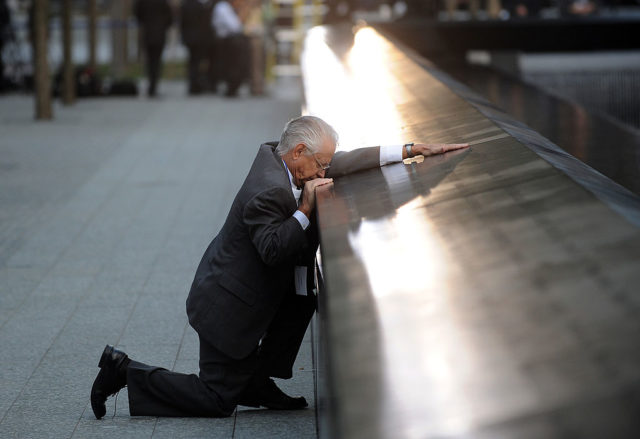
This photo was taken of Robert Peraza having an emotional moment at the 9/11 memorial in New York City. Robert’s son, Robert “Rob” David Peraza, was killed on September 11, 2001, when American Airlines Flight 11 crashed into the World Trade Center. Peraza worked on the 104th floor of the North Tower. The photo of Peraza represents a parent’s grief over losing a child, as well as the shock and horror of the 9/11 terrorist attacks that continue to be felt today.
